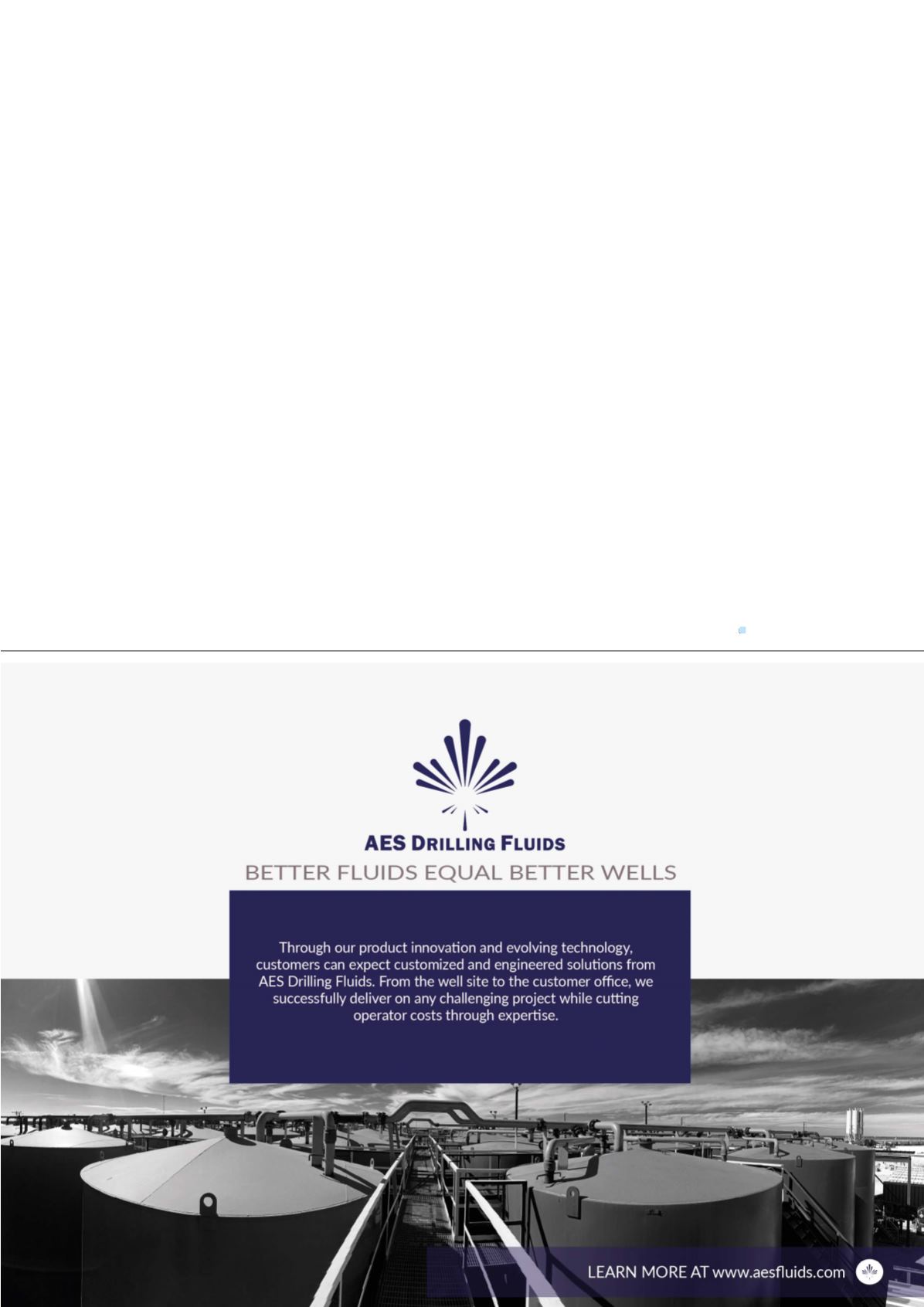
DelayontheroadtogreaterAsiaPacificenergy
self-sufficiency?
On 25 April, Petronas announced that production had not been shut
down and that 18 offshore rigs in Malaysian waters were operational.
However, at the same time it confirmed that some projects were
being delayed due to the Movement Control Order imposed by
the Malaysian government to curb the spread of the coronavirus.
Additionally, they confirmed delays will inevitably result from supply
chain disruption as equipment deliveries from other global locations
are deferred due to lockdowns around the globe. It would be possible
to speculate that project delays for these ‘social distancing’ reasons
may last months or perhaps even extend to a year.
Coronavirus-related delays are not confined to the Asia Pacific
region. On 26 April, Sipchem announced a 6-month extension in their
negotiations with Linde to develop hydrogen and syngas supplies to
their operations in Jubail, Saudi Arabia. The reason given was that
travel restrictions were leading to delays in the site visits required
for the due diligence process. Whilst these examples are short-term
issues, the long-term implications for Asia’s journey towards greater
energy self-sufficiency may be much further reaching if policy
decisions, energy sector investment and the structural use of energy
shifts away from crude to other energy vectors.
Perilouspathfor credit ratings,bondyieldsandM&A
activity intheAsiaPacificupstreamsector?
The price of crude may have fallen, but the cost of borrowing for
upstream operators and exploration will rise. Numerous corporate
debt defaults in the US are expected as the cost of production in
many locations there now exceeds the value of the oil. Unprofitable
operations can be sustained for only a short period of time and
bankruptcy filings are likely to accelerate. Tight oil in the US is one of
the most expensive crude sources in production globally. However,
at current prices, some Asia Pacific upstream operations are also
pumping crude at a higher marginal cost than the product value.
As lenders rate upstream investments with increased risk, project
finance due diligence will need to closely scrutinise the viability and
sensitivities of investments as they come for a final investment decision
(FID). Credit ratings in the upstream sector would be down rated and
corporate bond yields would need to rise to offset the risk premium.
As upstream companies deplete their cash reserves and approach
insolvency, they may become vulnerable as M&A targets. However,
for every seller there must be a buyer and in this market the buy
side will need to have belief in the long-term viability of the business
model. They will also need cash or credit to acquire and then rebuild
the company. The need for rigorous technical and commercial due
diligence during the M&A process will be high, even if there is pressure
to move quickly.
Conclusion
The COVID-crash has led to unprecedented levels of volatility and
uncertainty in the upstream sector. The tidal wave, and subsequent
ripples will be felt in midstream, downstream, petrochemical and
storage operations. There will be a need to remodel feasibility
studies under new sensitivity scenarios. Project finance will rely on
rigorous independent support to arrive at appropriate risk ratings.
Potential M&A transactions will call for careful review to sieve genuine
opportunities from value-traps. Governmental energy policies and
infrastructure investments may diversify towards renewables and
hydrogen. In support of the above cases, Nexant Energy & Chemicals
Advisory has the required expertise and global reach to engage in
consulting projects and provide off-the shelf reports that have been
adjusted for the latest crude pricing corridors.








